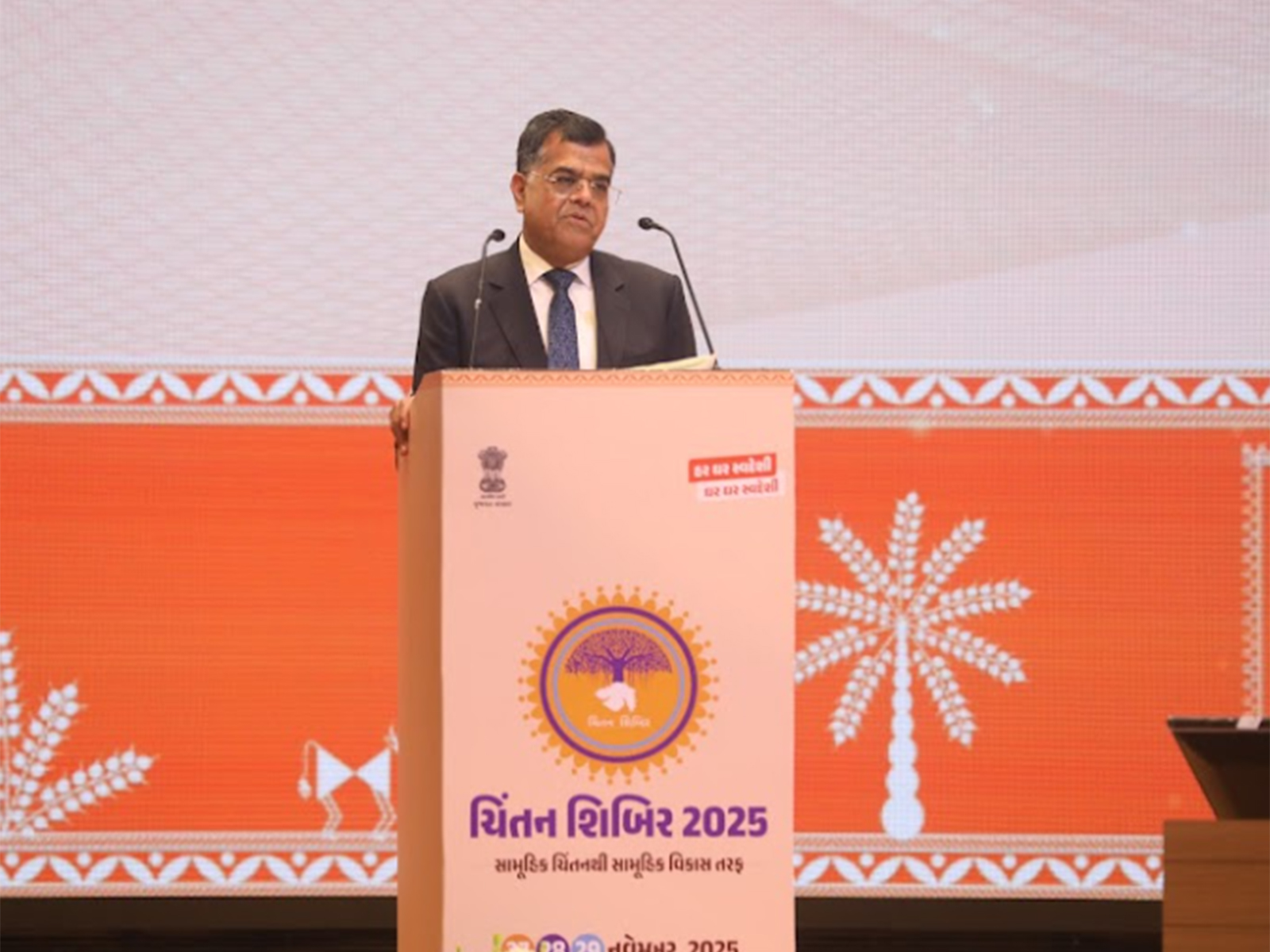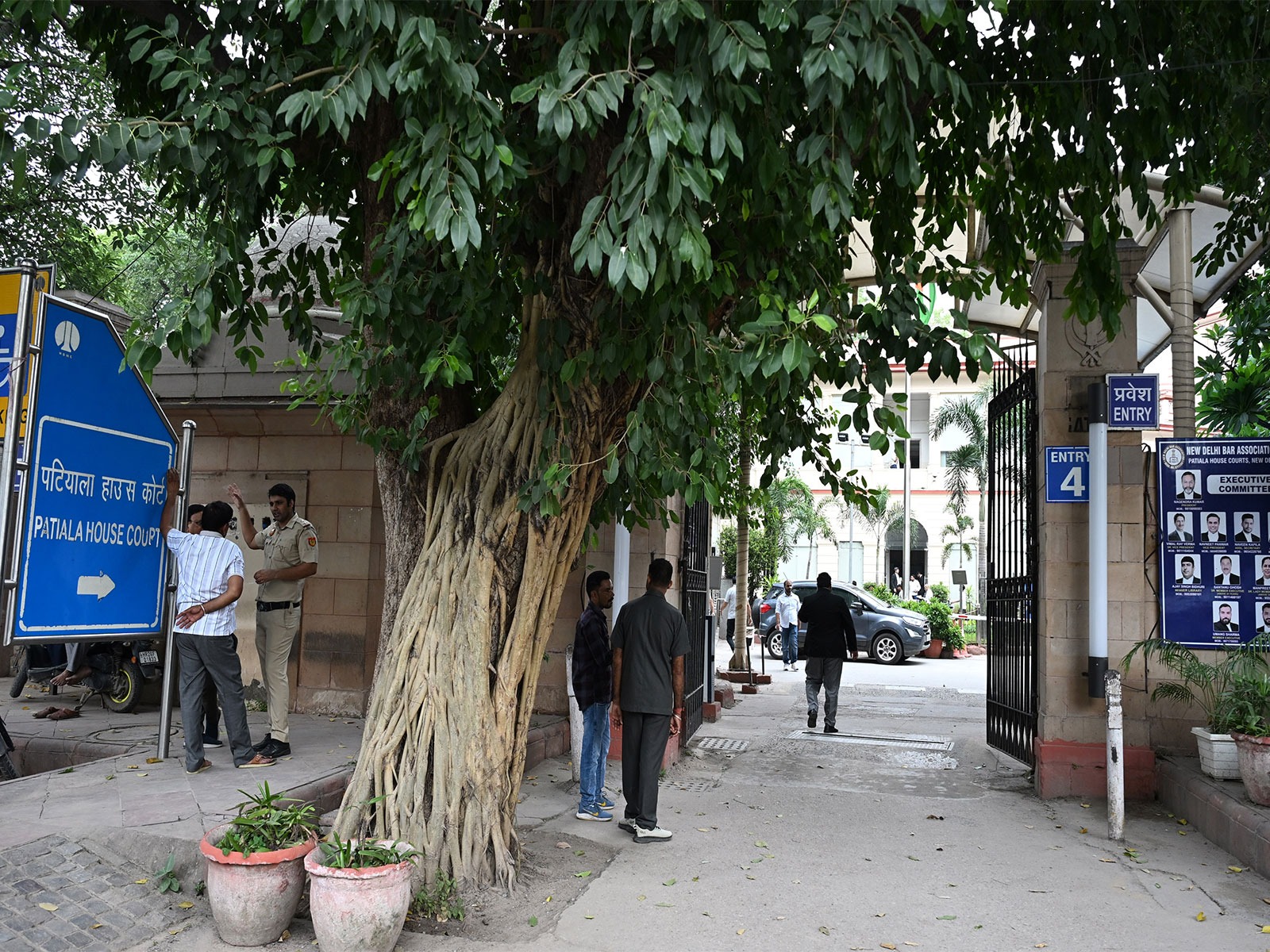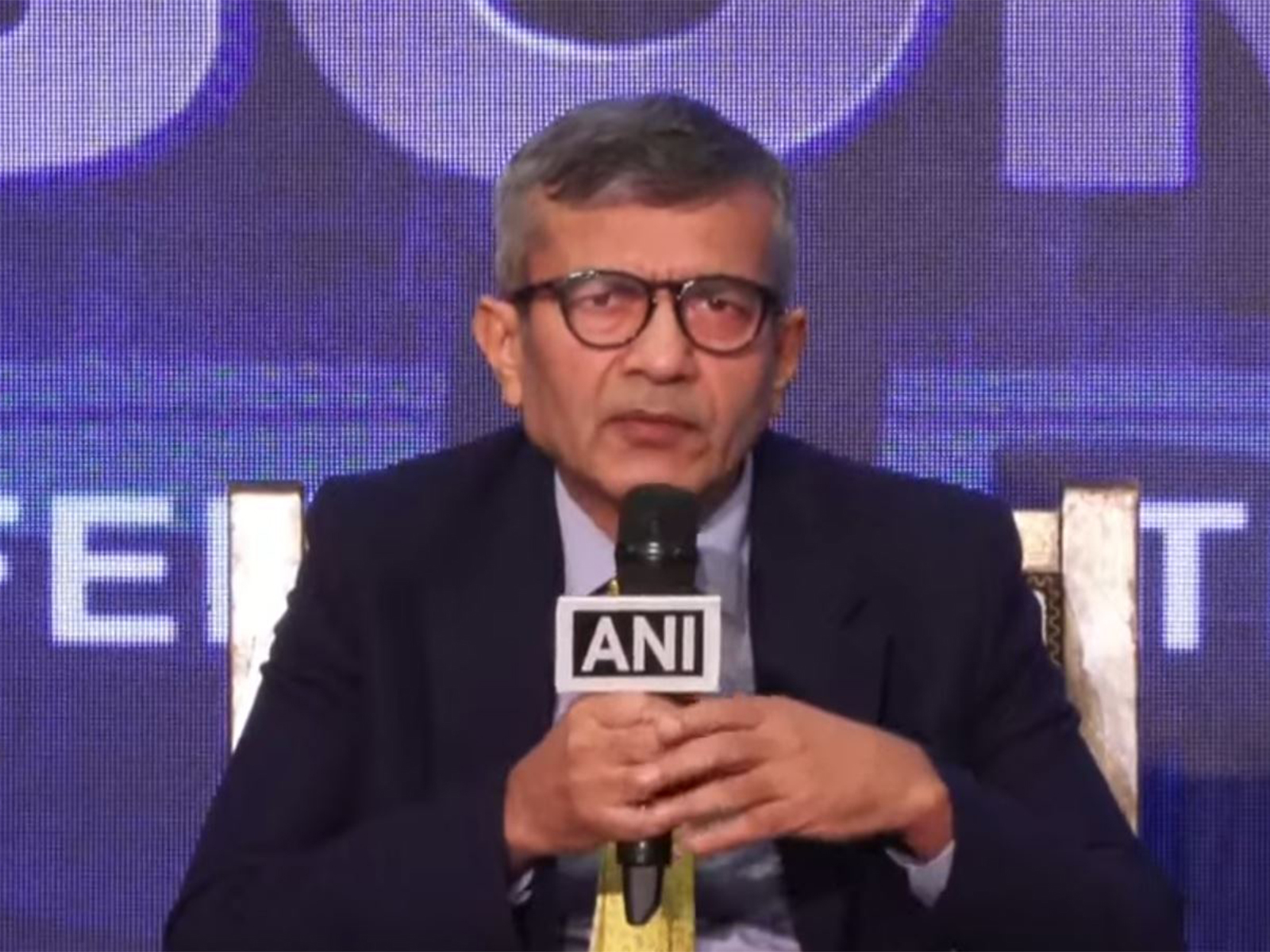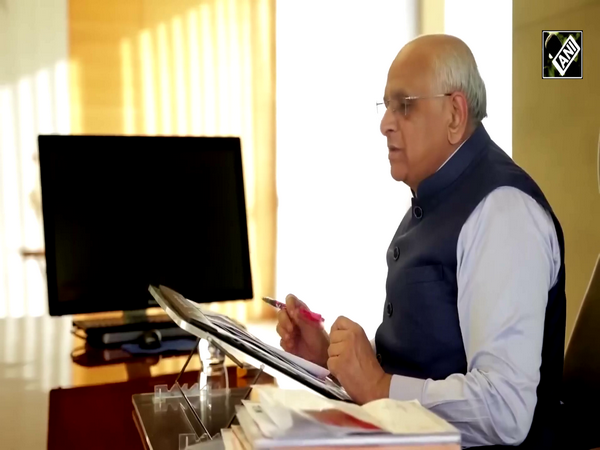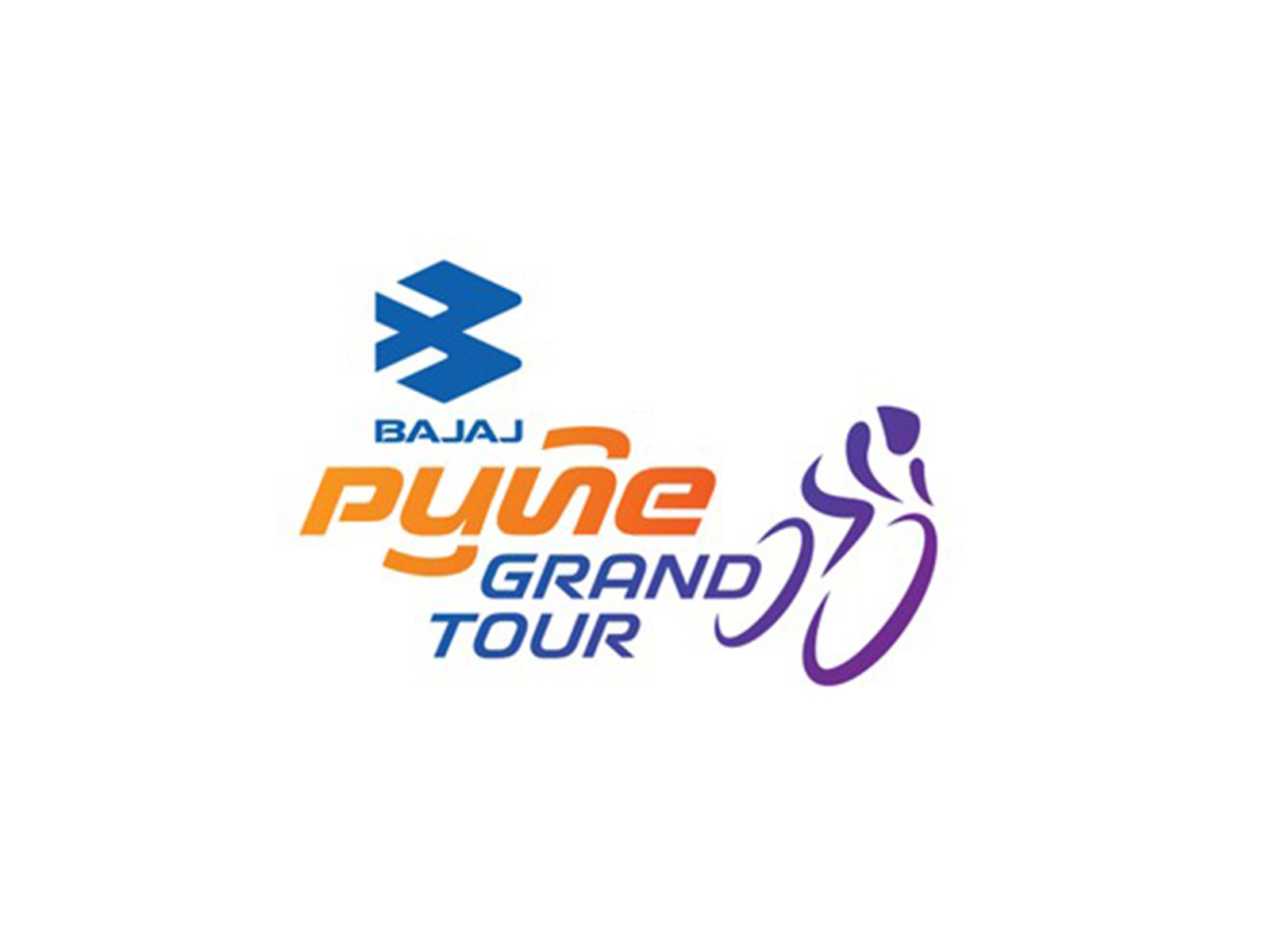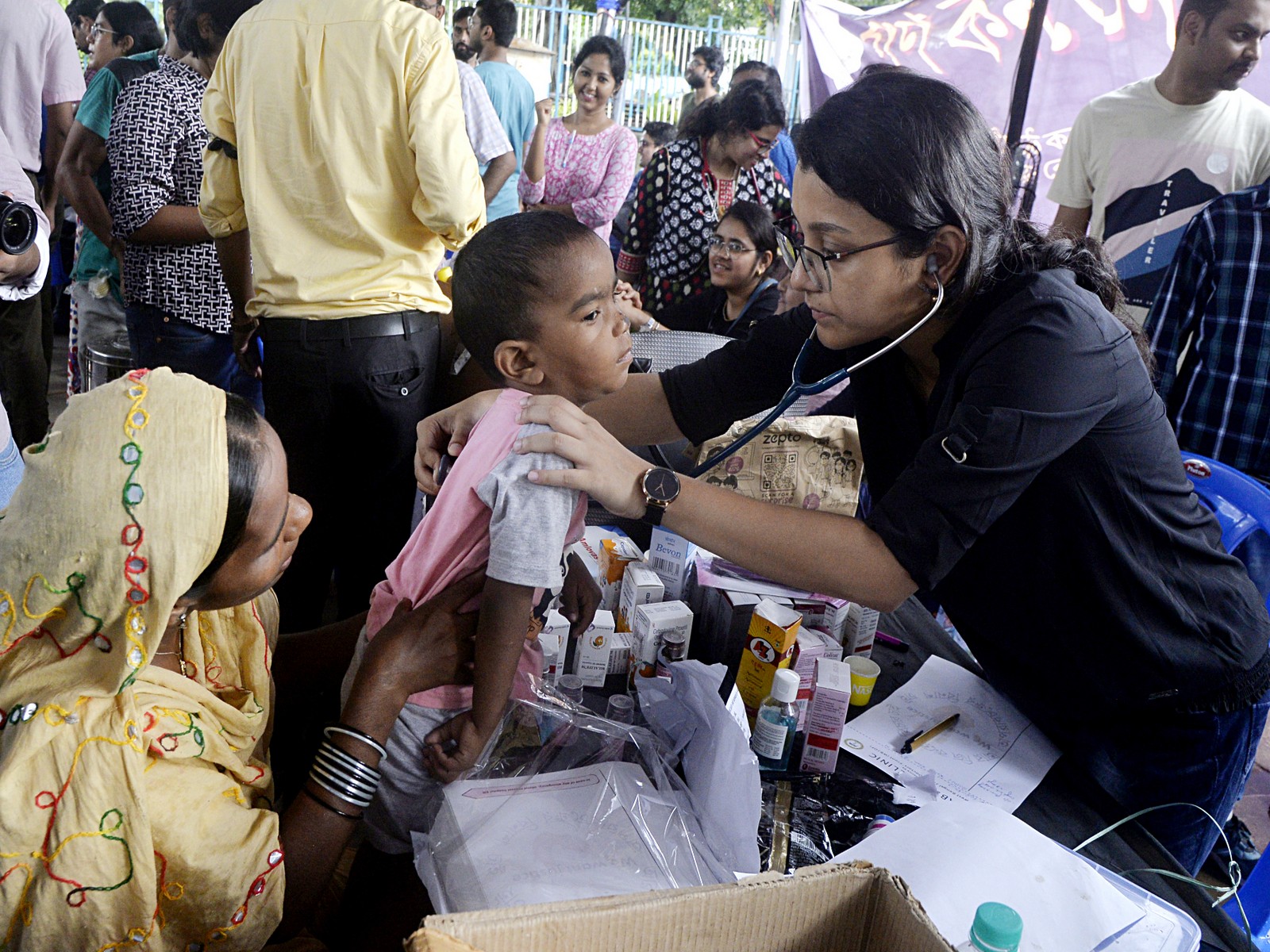
India set to transition from detective to predictive disease surveillance with advanced technology integration
Nov 28, 2025
New Delhi [India], November 28 : In a major leap toward strengthening public health security, India is set to transform its disease surveillance approach from traditional detective methods to a predictive model by integrating cutting-edge technologies such as Artificial Intelligence (AI), real-time data analytics, and digital intelligence platforms.
This paradigm shift will significantly enhance the country's ability to identify outbreaks before they escalate, enabling faster decision-making, rapid response, and proactive containment.
Officials at the National Centre for Disease Control (NCDC) confirmed that the move builds upon the remarkable success of AI-based event surveillance systems already in use under the Integrated Health Information Platform (IHIP) of the Integrated Disease Surveillance Programme (IDSP).
The Media Scanning and Verification Cell (MSVC) has been leveraging an AI-powered pipeline that scans millions of online news reports daily across 13 Indian languages, extracting structured health event data, including the disease type, location, and scale.
The system has already processed over 300 million news articles since 2022, flagging more than 95,000 unique health-related events, a 150 per cent increase in detection capacity over manual systems, with 98 per cent reduction in workload for surveillance teams.
This transformative technology, known as Health Sentinel, acts as a "digital watchdog", automatically identifying unusual spikes in diseases like dengue, chikungunya and other public health threats, which are then verified by experts for accuracy. The shift to predictive surveillance will leverage these powerful analytical capabilities to forecast disease trends and enable intervention even before the first case is reported, marking a major stride in India's pandemic preparedness.
Further strengthening this transition, the newly established Metropolitan Surveillance Units (MSUs) under the PM-Ayushman Bharat Health Infrastructure Mission (PM-ABHIM) have demonstrated exemplary real-time surveillance capabilities.
In a recent incident involving suspected paediatric Acute Encephalitis Syndrome (AES) cases in Chhindwara district, Madhya Pradesh, the MSU Nagpur promptly flagged the occurrence to the Central Surveillance Unit, enabling rapid coordination among stakeholders across two states. Swift expert deployment by the National Joint Outbreak Response Team (NJORT), in collaboration with ICMR, NIE and CDSCO, helped mount an immediate field response.
The case illustrates the evolving capacity of India's surveillance ecosystem to rapidly detect unusual clinical patterns and trigger early intervention, even in complex urban health settings. This approach also underscores the collaborative surveillance focus that IDSP and NCDC have embarked upon and is further cementing it.
Experts note that the upcoming predictive model will integrate AI surveillance, laboratory intelligence, climatic data, population movement patterns, and digital diagnostics to anticipate outbreak trajectories.
This proactive disease intelligence network will empower health authorities to: Detect early warning signals before clinical manifestation. Rapidly mobilise resources and field teams. Strengthen district-level risk mitigation. Prevent large-scale outbreaks through advanced forecasting.
Officials emphasise that this shift aligns with the Government's vision of creating a future-ready public health system, enhancing national readiness against infectious diseases, climate-related health risks, and potential pandemics.
As India advances towards this predictive model, the integration of AI-driven surveillance and technology-enabled rapid response mechanisms promises to transform health security, with the potential to save thousands of lives through timely, targeted action. "From being reactive to becoming anticipatory, the future of disease surveillance in India is now data-driven, intelligent, and predictive."
